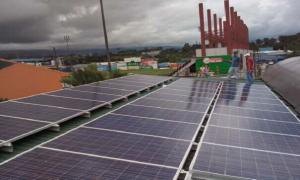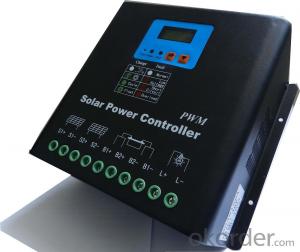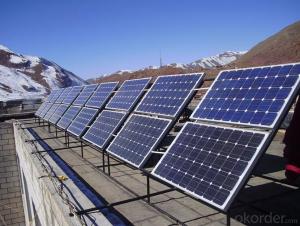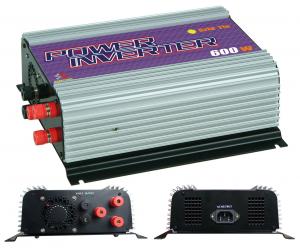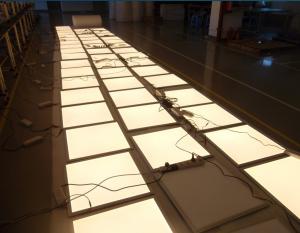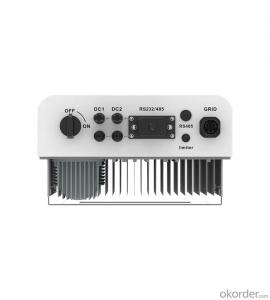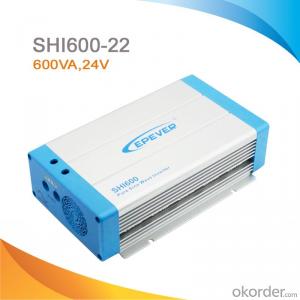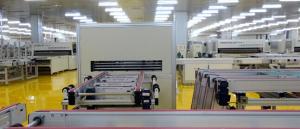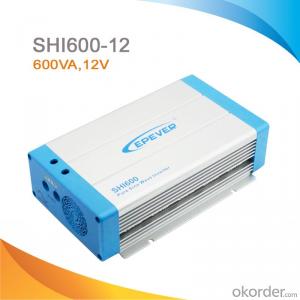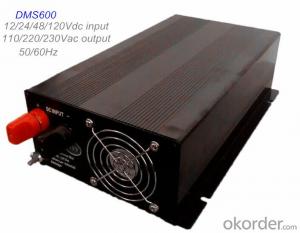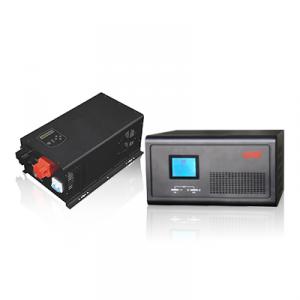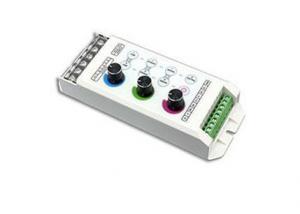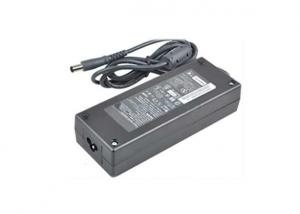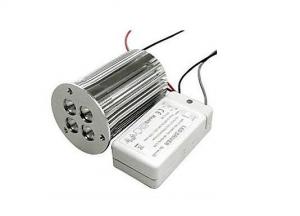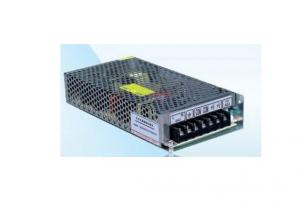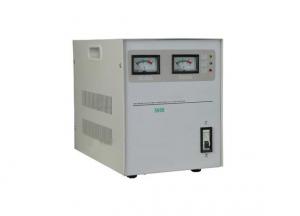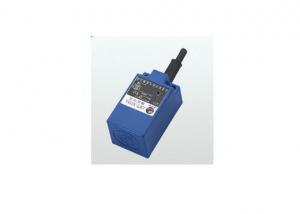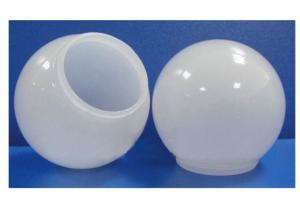600w Solar Inverter
600w Solar Inverter Related Searches
Solar Inverter 600w 600 Watt Solar Inverter 600v Solar Inverter Solar Inverter 600 Watt 6000w Solar Inverter Solar Power Inverter 6000w 6000 Watt Solar Inverter Solar Inverter 6000 Watt 6kw Solar Inverter Solar Power Inverter 6000 Watt 60 Kw Solar Inverter 6.5 Kw Solar Inverter 6kw Hybrid Solar Inverter 6kva Solar Inverter 6kw Solar Inverter Price 500w Solar Inverter Solar Edge 6kw Inverter 1.6 Kw Solar Inverter Solar Inverter 500w 6kw On Grid Solar Inverter 500w Solar Power Inverter 500 Kw Solar Inverter 400w Solar Inverter 6kv Solar Inverter Price 6kw Off Grid Solar Inverter 500 Watt Solar Inverter 3.6 Kw Solar Inverter 200w Solar Inverter 1000w Solar Inverter 300w Solar Inverter600w Solar Inverter Supplier & Manufacturer from China
The 600w Solar Inverter is a high-efficiency device designed to convert the energy harnessed from solar panels into usable AC power for residential and commercial applications. It plays a crucial role in the solar energy system, ensuring that the power generated is effectively utilized. This product is particularly useful in scenarios where a reliable and sustainable power source is needed, such as off-grid homes, businesses, and remote areas where access to traditional power grids is limited.The 600w Solar Inverter is widely recognized for its ability to optimize energy output and reduce energy waste, making it an ideal choice for various solar power systems. It is designed to work seamlessly with solar panels, batteries, and other components, ensuring a smooth flow of power and maximum efficiency. Whether it's for a small-scale home setup or a larger commercial installation, this inverter can handle the demands of different energy needs.
Okorder.com stands out as a leading wholesale supplier of the 600w Solar Inverter, boasting a vast inventory that caters to the varying requirements of customers worldwide. With a commitment to quality and customer satisfaction, Okorder.com ensures that each 600w Solar Inverter is thoroughly tested and meets the highest industry standards before being shipped to clients. This dedication to excellence makes Okorder.com a trusted source for those seeking reliable and efficient solar power solutions.
Hot Products






